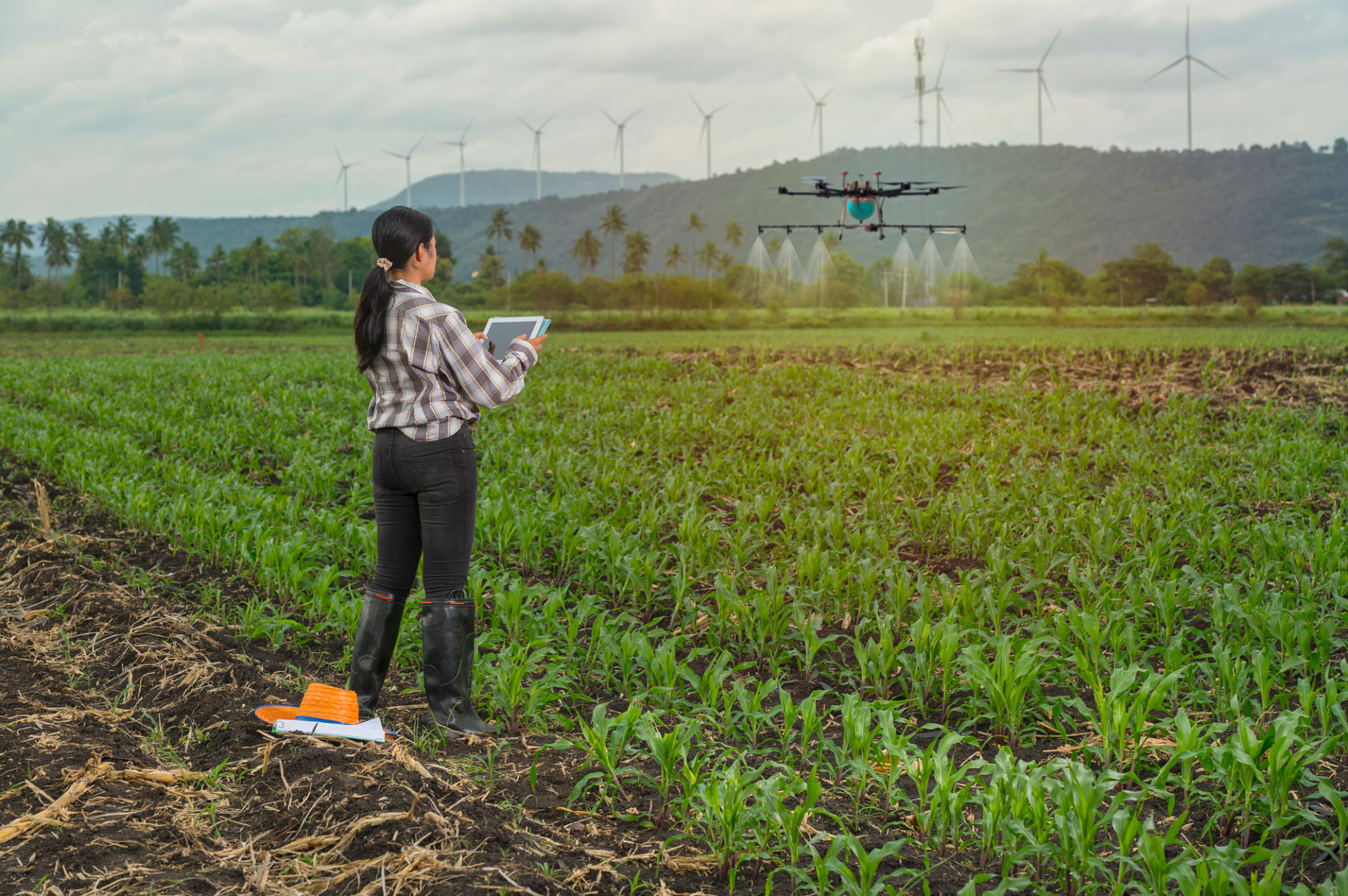Comparing Inspection Technologies: Robots vs. Drones
Overview of Inspection Technologies
In recent years, the landscape of inspection technologies has evolved dramatically. Two of the most prominent advancements in this field are the use of robots and drones. Both technologies have their unique advantages and considerations, and choosing the right one can significantly impact the efficiency and effectiveness of inspections.

Advantages of Robots in Inspections
Robots have long been utilized for a variety of inspection tasks, particularly in environments that are hazardous or difficult for humans to access. One of the primary benefits of using robots is their ability to operate in extreme conditions, such as high temperatures or radioactive environments.
Robots can also be equipped with a range of sensors and tools to perform detailed inspections. For instance, they can carry cameras, thermal sensors, and even tools for physical testing, providing comprehensive data collection capabilities.
Benefits of Using Drones
Drones, on the other hand, offer unparalleled flexibility and reach. They are particularly advantageous for inspecting large areas, such as agricultural fields, power lines, or large infrastructure projects. Drones can quickly cover vast distances, capturing high-resolution images and real-time video.

The ability of drones to easily access hard-to-reach areas—such as tall structures or remote locations—makes them a valuable tool in industries like construction and utilities. Their rapid deployment and ease of use also contribute to their growing popularity.
Comparing Costs and Efficiency
When comparing robots and drones, cost and efficiency are crucial factors. Drones are generally more cost-effective and can be deployed faster than robots, which often require more complex setups. However, the specific requirements of the inspection task can influence this comparison significantly.
For instance, while drones may be ideal for quick aerial surveys, robots might be more suitable for detailed inspections that require physical interaction with the environment.

Challenges and Limitations
Despite their advantages, both robots and drones face certain limitations. Drones are subject to regulatory constraints, airspace restrictions, and weather conditions, which can limit their use. Conversely, robots may struggle with mobility in certain terrains or require significant resources to navigate complex environments.
Battery life is another common concern for both technologies, as it can limit the duration and extent of inspections.
Choosing the Right Technology
The decision between using robots or drones for inspections largely depends on the specific needs of the project. Key considerations include the environment, the type of data required, and the logistical constraints of the operation.
Industries must evaluate the strengths and limitations of each technology to determine the most suitable solution for their inspection needs.
Conclusion
In conclusion, robots and drones both play significant roles in the field of inspection technologies. By understanding their unique advantages and limitations, industries can leverage these tools to enhance safety, efficiency, and data accuracy in their inspection processes.
The future of inspection technology will likely see further integration of these tools, offering even more innovative solutions to complex inspection challenges.